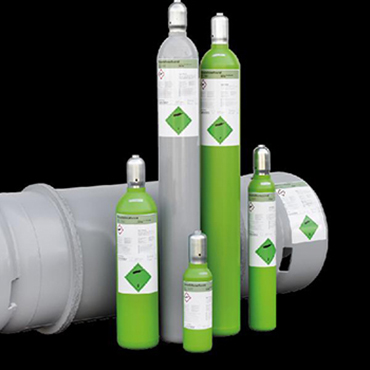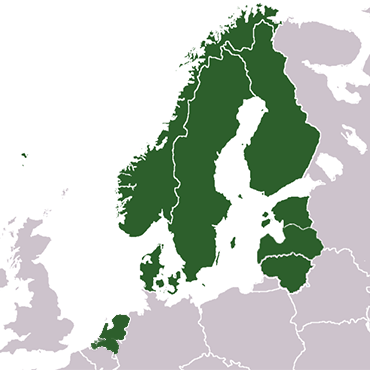OVERVIEW
A potent greenhouse gas
SF6 is a type of greenhouse gas with a global warming potential (GWP) of 22,800 times greater than CO2 the first 100 years and an atmospheric lifetime of 2,300 years - making SF6 gas the most climate-damaging greenhouse gas regulated under the Kyoto Protocol.
With a high ability to trap infrared radiation in addition to a high atmospheric stability SF6 gas is far more potent in the long run at warming the earth’s atmosphere than CO2.
Therefore, 1 kg of SF6 gas emitted into the atmosphere is equal to almost 23,5 tonnes CO2 eq






